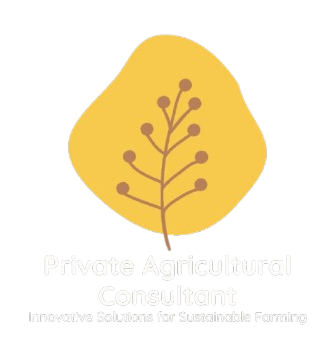Hydroponics is a soil-less growing method using mineral nutrient solutions. Modern systems include NFT, DWC and aeroponics, making efficient use of resources with less water and fertiliser. In the face of population growth, hydroponics offers high production all year round, better quality produce, and reduces the carbon footprint through local cultivation. By investing in these technologies, we can improve food security and ensure a sustainable future.
- Efficient Water Use
- Maximized Space
- Faster Plant Growth
- Optimal Control of Growing Conditions
- Year-Round Production
Hydroponics is an innovative agricultural method that enables the growth of plants without soil, utilizing nutrient-rich water solutions instead. This approach is particularly beneficial in addressing the challenges of traditional farming, such as limited arable land and water scarcity. By using hydroponic systems, farmers can achieve higher yields in a smaller footprint, making it an ideal solution for urban agriculture and areas with space constraints
One of the key advantages of hydroponics is its efficient use of water. Unlike conventional farming, which can waste significant amounts of water through evaporation and runoff, hydroponics recycles water in a closed-loop system, resulting in up to 90% less water usage. Additionally, the controlled environment of hydroponic systems allows for optimal growing conditions, including precise control of light, temperature, and nutrient delivery. This leads to faster plant growth and higher productivity, often resulting in multiple harvests per year.
Moreover, hydroponics supports sustainable agricultural practices by reducing the reliance on chemical fertilizers and pesticides. The ability to grow crops year-round, regardless of external weather conditions, enhances food security and provides fresh produce to communities. As the demand for sustainable and efficient food production continues to rise, hydroponics stands out as a viable solution for modern agriculture, offering the potential for both economic viability and environmental sustainability.


